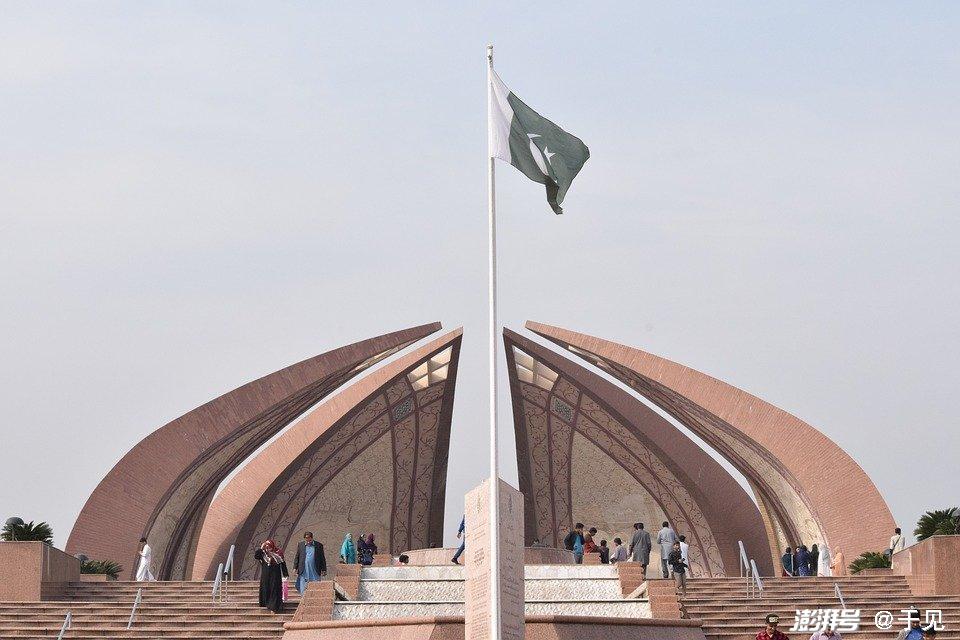The Scientific Community Initiates The International Meridian Circle Big Science Plan First
The Scientific Community Initiates The International Meridian Circle Big Science Plan First
On June 12, at the International Meridian Circle Program forum of the 2nd Belt and Road Science and Technology Exchange Conference held in Chengdu, Sichuan.
On June 12, at the International Major Science Plan Forum of the Second Belt and Road Science and Technology Exchange Conference held in Chengdu, Sichuan, the leading unit of the International Monthly Circle Major Science Plan (IMCP), the National Space Science Center of the Chinese Academy of Sciences, signed a cooperation agreement with the International Association for Science and Technology, the Korean Polar Research Center, the National Space Research and Development Bureau of Nigeria, the Thai Emperor University of Technology, and the Muni University of Uganda. This marks the scientific community's initiative in launching the International Meridian Circle Large Science Plan.
Earth's space mainly includes the high-rise atmosphere, ionosphere and magnetosphere above 100 kilometers on the surface, up to the tops of the magnetosphere with about 10 Earth's radius. It is the space area most closely related to human activities in the Sun and Earth space. Affected by solar activity, the earth's space environment will undergo sudden, frequent and drastic changes, and even cause non-traditional natural disasters, called space weather. Monitoring, forecasting and response to space weather is a global problem, and it is necessary to work with global space weather monitoring and research forces to carry out scientific research.
In March 2025, the second phase of the meridian project, the national major scientific and technological infrastructure, was officially accepted, and a space weather-based area monitoring network with the strongest comprehensive strength in the world was built. Based on the meridian project, Chinese scientists took the lead in proposing to establish the most complete meridian circle monitoring chain on land, 120° east longitude to 60° west longitude, expanding the formation of a globally integrated multidisciplinary and multi-factor detection network, and realizing three-dimensional observations of the full latitude, all-weather, and sun-distance non-setting space environment; at the same time, combined with space-based detection, we will conduct in-depth research on the characteristics and changes of the earth's space environment, revealing its mechanism driven by the dual driving of solar outbreak and earth activities, and building a space weather model and high-precision forecast product driven by the international meridian circle data, providing a scientific basis for responding to global space weather disasters, peaceful use of space, and promoting the construction of a community with a shared future for mankind in the field of outer space.
Wang Chi, director of the National Space Science Center of the Chinese Academy of Sciences and academician of the Chinese Academy of Sciences, introduced that the International Meridian Circle Science Plan aims to build a global monitoring chain for the daily and local system and decode the space weather processes and laws. Its scientific goals are: to understand a system - the Earth's space system; to clarify two influences - from the top-down influence of solar activity and from the bottom-up influence of the Earth's system; to reveal three major problems - the multi-element, multi-time and spatial scale characteristics and changes of the global and typical regions of the space environment, the propagation and evolution of the sun's explosion in the sun-earth space, the relationship between space weather and global changes, and the natural disasters on the earth. At the same time, in order to achieve scientific goals, the International Meridian Circle Science Plan plans to establish the "IMCP International Organization" to coordinate and promote the implementation of the International Meridian Circle Science Plan, and complete four major tasks such as "carrying innovative research, organizing collaborative monitoring, sharing of data information, and deepening cooperation and exchanges".
It is reported that as of now, the International Meridian Circle Science Plan has signed cooperation agreements or determined cooperation intentions with 36 international organizations, including the International Association for Science and Technology Daily, Geological Physics Science Committee, the International Space Research Committee, and foreign scientific research institutions. Wang Chi revealed that the International Meridian Circle Science Plan will be implemented for at least 11 years, complete the detection and research of the sun-earth space environment above one solar activity cycle, and build a space weather community with extensive participation and close cooperation between scientists around the world. "Using diversified observation methods and global layouts, we will promote major theoretical innovations and breakthroughs in the field of space weather, provide scientific support for improving the ability to defend against global space weather disasters, and provide unique solutions and contributions to the cognition of a livable earth and the peaceful use of outer space." (Reporters Yang Shu and Qi Fang)
(Editors: Li Fang, Sun Jing)





